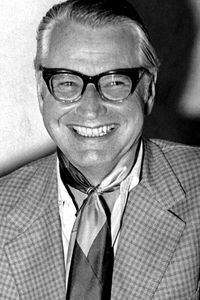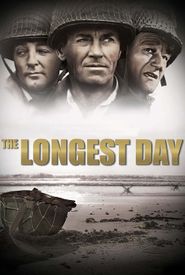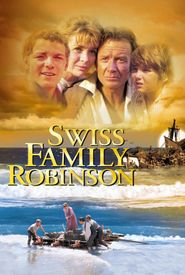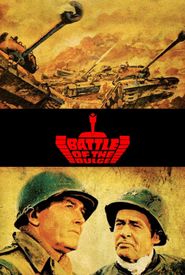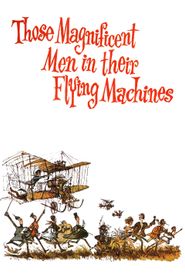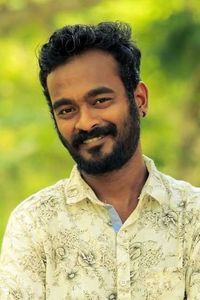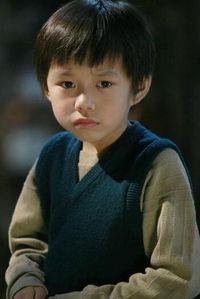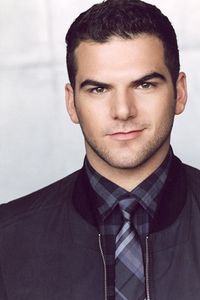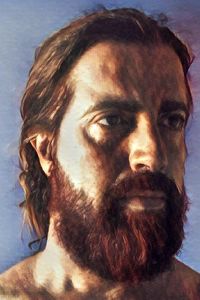Ken Annakin, a multifaceted individual with a background in sales and journalism, initially ventured into the film industry by creating documentary shorts. His feature film debut, Holiday Camp (1947),was a comedy that revolved around a Cockney family's vacation, produced by the Rank Organization, and garnered moderate success, resulting in three sequels, all of which he directed.
Annakin's subsequent work primarily consisted of light comedies, with one notable exception being the dark thriller Across the Bridge (1957),an adaptation of a Graham Greene story about a wealthy businessman who embezzles a million dollars from his company, kills a man who resembles him, and steals his identity to escape to Mexico. The film boasted an acclaimed performance by Rod Steiger as the villain and a distinct "noir" feel, unlike anything Annakin had done before or since.
In the 1960s, Annakin was one of several British directors who specialized in producing all-star, big-budget European/American co-productions, shot on the Continent. He was part of the team that directed the epic World War II spectacle The Longest Day (1962) and went solo on Battle of the Bulge (1965),both of which were financial successes, if not necessarily critical ones. He also directed Those Magnificent Men in Their Flying Machines or How I Flew from London to Paris in 25 Hours 11 Minutes (1965),which was less successful.
Annakin's final film was Genghis Khan: The Story of a Lifetime (1992),a project that was started under his direction in 1992 but never completed. In 2009, the film was restarted, and Annakin was hired to assemble the existing footage for release, but unfortunately, he passed away before completing the job. Italian director Antonio Margheriti finished the film, and it was released in 2010.
